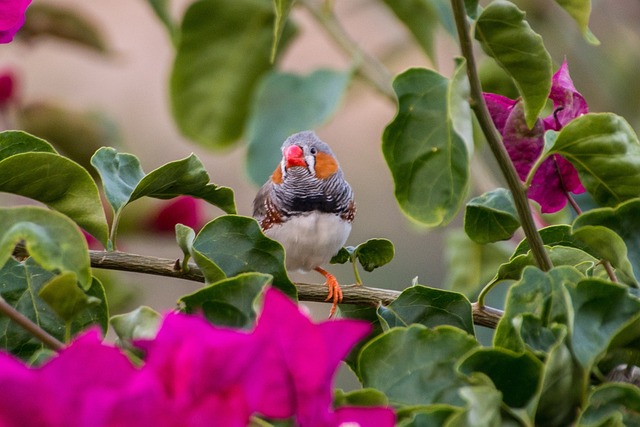



The Mandarin Diamond, also known as the Mandarin Fish, is a small, colorful fish that is native to the Pacific Ocean. It is highly sought after by aquarium enthusiasts for its vibrant colors and unique appearance. In order to keep these beautiful fish healthy and thriving in captivity, it is important to provide them with a proper diet that mimics their natural food sources.
In the wild, Mandarin Diamonds primarily feed on small invertebrates such as copepods, amphipods, and small crustaceans. These tiny creatures are abundant in the coral reefs and rocky areas where the Mandarin Diamond is found. They provide the fish with essential nutrients and help maintain their vibrant colors.
Feeding the Mandarin Diamond in captivity can be a bit challenging, as they have specific dietary requirements. Many aquarium enthusiasts struggle to provide their Mandarin Diamonds with a varied and nutritious diet. However, with proper planning and research, it is possible to meet their dietary needs.
The primary component of the Mandarin Diamond's diet should be live copepods and amphipods. These can be purchased from specialty aquarium stores or cultured at home. It is important to ensure that the live food is of high quality and free from any parasites or diseases that could harm the fish.
In addition to copepods and amphipods, the Mandarin Diamond can also be fed frozen or live brine shrimp, mysis shrimp, and small pieces of chopped seafood such as shrimp or clams. These foods should be offered as a supplement to the live copepods and amphipods, as they provide additional nutrients and variety to the fish's diet.
To ensure that the Mandarin Diamond receives all the necessary vitamins and minerals, it is recommended to supplement their diet with a high-quality marine fish pellet or flake food. These foods are specially formulated to meet the nutritional needs of marine fish and can help provide a balanced diet.
In addition to the staple diet, it is also beneficial to offer occasional treats to the Mandarin Diamond. These can include small pieces of frozen or live bloodworms, daphnia, or even small pieces of fruit such as diced melon or mango. These treats should be offered sparingly and in small quantities to prevent overfeeding and maintain a healthy diet.
When feeding the Mandarin Diamond, it is important to consider their feeding behavior. These fish are slow eaters and prefer to graze throughout the day rather than consuming large meals. Therefore, it is recommended to offer small amounts of food multiple times a day, rather than one large feeding.
It is also important to ensure that the food is properly sized for the fish. The Mandarin Diamond has a small mouth and may struggle to eat large pieces of food. It is best to offer small, bite-sized portions that the fish can easily consume.
There are a few common feeding mistakes that aquarium enthusiasts should avoid when caring for Mandarin Diamonds. One of the most common mistakes is overfeeding. These fish have a slow metabolism and can easily become overweight if they are fed too much. Overfeeding can lead to health issues such as fatty liver disease and decreased lifespan.
Another mistake to avoid is relying solely on dry or frozen foods. While these can be a convenient option, they do not provide the same nutritional value as live or fresh foods. It is important to incorporate a variety of foods into the Mandarin Diamond's diet to ensure they receive all the necessary nutrients.
Lastly, it is important to avoid introducing any harmful parasites or diseases into the aquarium. Live foods should be properly quarantined and inspected before being fed to the fish. It is also important to maintain good water quality and hygiene in the aquarium to prevent the spread of any potential diseases.
The feeding of the Mandarin Diamond is a crucial aspect of their care in captivity. By providing a diet that mimics their natural food sources and incorporating a variety of live and frozen foods, aquarium enthusiasts can ensure that these beautiful fish remain healthy and vibrant. Remember to feed small amounts multiple times a day, avoid overfeeding, and provide supplements and treats in moderation. With proper care and attention to their dietary needs, the Mandarin Diamond can thrive in an aquarium setting and continue to captivate enthusiasts with their stunning colors.
Related posts